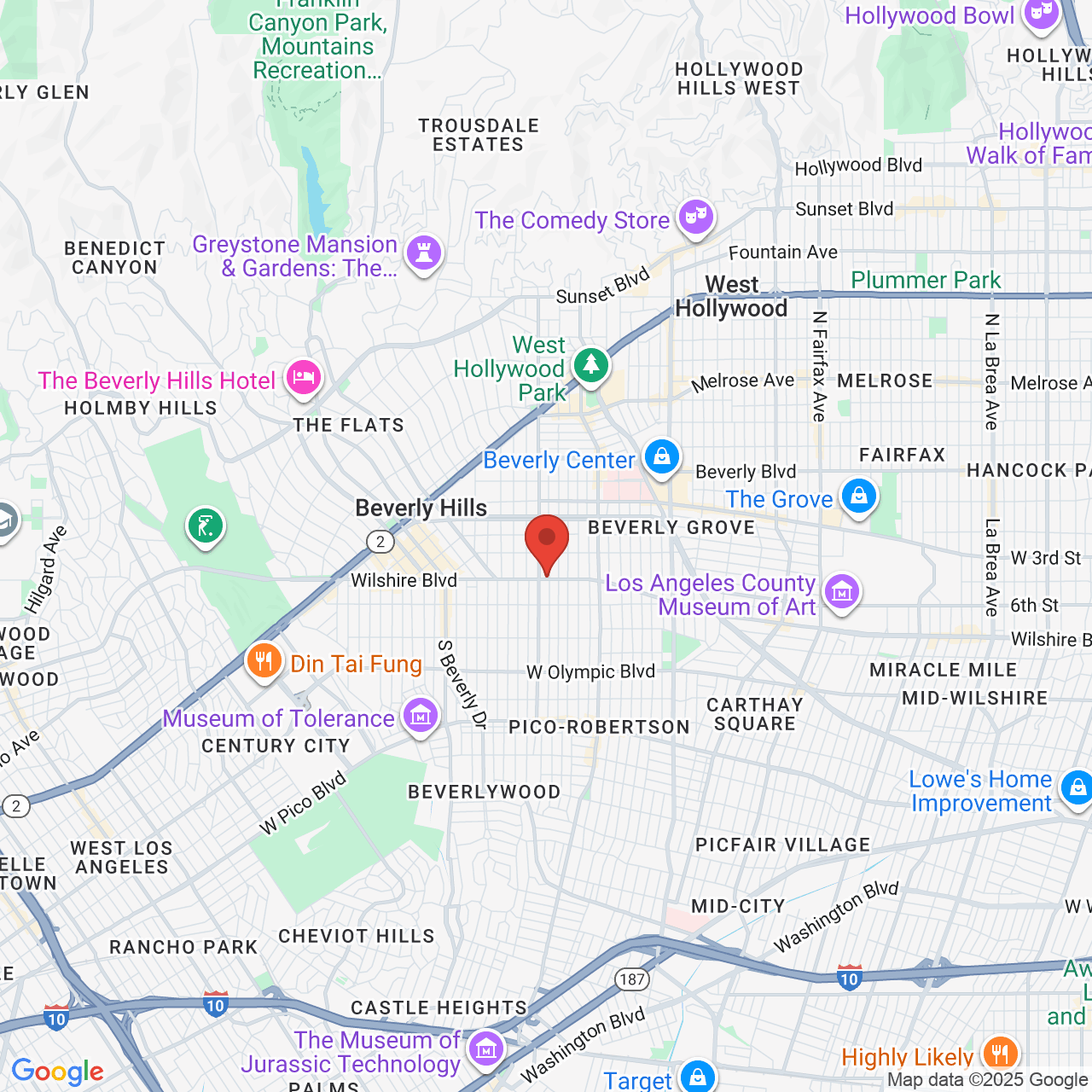Description
When the ears don't function properly, children can develop speech impediments, and their brains don't learn auditory processing. It's important to treat a child's hearing early so they can develop properly. Dr. John Reinisch has published research on the connection between hearing and speech.
View transcript
Dr. Reinisch: You may not realize it, but ears don't hear. It's the brain that hears. Ears simply are converters of sound waves to electrical impulses that go to the brain. The brain needs early stimulation for development and something called auditory processing. Auditory processing does things like allow you to figure out where sound is coming from and also to be able to suppress environmental noise. For example, if you're in a noisy restaurant, and you're talking to somebody across the table, your brain can suppress, like noise cancellation headphones, the surrounding loud noise so you can hear better. Interestingly, there is a critical period for this brain development and acquisition of auditory processing. And we know, for example, that people who are great athletes or great musicians start early. Someone who starts sports even at 10 or takes up an instrument at 10 doesn't do as well as a child who started at 3 or 4.
One-sided hearing causes issues, and you can see this because there have been papers comparing children with normal hearing to those who have one-sided good hearing. And those children with one-sided hearing repeat grades more often and have more emergency room visits than children who have two-sided hearing. Early hearing is also important for speech development. And in our many travels to other countries, we see children who have bilateral microtia who never got good hearing devices and at 10 or 12 are unable to speak. And even if you give them a hearing device at that age, they never acquire good normal speech.
The other interesting thing that we noticed in some of our research is that almost every patient with microtia has soft palate muscle weakness on the side of microtia.
Now, what does this mean? It means that when you speak and say certain words, you want your palate to close off your nose from the mouth so that when you say something like cookie or puppy, you want all that sound to come out your mouth and not escape into your nose, something we call nasal escape.
That's why you have a shadow.
Child: Yeah. When there's light, there's always a shadow, and when there's no light, no shadow.
Woman: Exactly.
Dr. Reinisch: Right.
If you have one-sided microtia, the other side of the palate usually, not always, but usually can compensate so the degree of nasal escape is relatively mild and not very noticeable. If you have bilateral microtia, then you have weakness of both sides of the palate, and your palate is unable to close off the nose. Many speech therapists are totally unaware that their speech problem is related to a functional palatal problem, and they assume that it's due to their lack of hearing. But these children often have had good hearing aids since birth, and it's not that. It's actually a palate problem. But they don't realize that these children should be referred to a cleft palate team because they look in, and they don't see a cleft palate. But a cleft palate team is used to dealing with nasal escape.
We recently published a paper on speech in children with microtia. We compared a group of children with no microtia, to one-sided microtia, to a group of children who had bilateral microtia. And what we found was that the children who had one-sided microtia had a relatively mild degree of nasal escape that wasn't terribly noticeable. But the children who had bilateral microtia, almost 80% had very noticeable nasality.


















